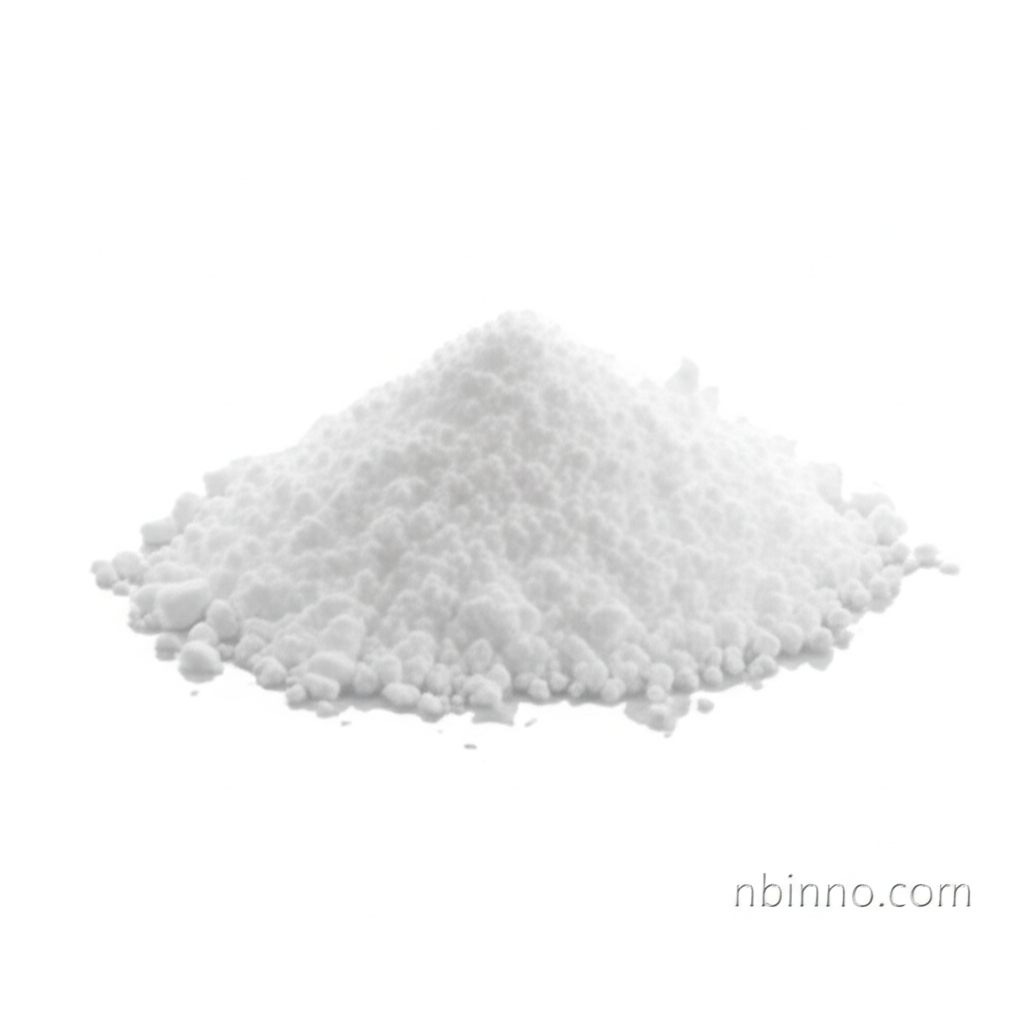Procaine Hydrochloride: Understanding Its Anesthetic Properties, Applications, and Safety
Discover the key aspects of Procaine Hydrochloride, a vital local anesthetic used in various medical and dental procedures.
Get a Quote & SampleProduct Core Value

Procaine Hydrochloride
Procaine Hydrochloride, a synthetic organic compound, is primarily recognized for its role as a local anesthetic. Introduced in 1905 as a safer alternative to cocaine, it effectively numbs a specific area of the body, making it invaluable for procedures where pain management is crucial.
- Understanding procaine hydrochloride mechanism of action is key to its effective use in pain reduction during surgery. Procaine Hydrochloride works by blocking sodium channels in nerve cells, preventing the transmission of pain signals to the brain.
- The duration of procaine hydrochloride side effects can vary, but its primary application is for short-term pain relief. As a relatively short-acting anesthetic, it provides temporary numbness, making it suitable for many dental procedures.
- Exploring procaine hydrochloride dental anesthesia applications reveals its historical significance in dentistry. While newer anesthetics are now preferred, procaine hydrochloride was once the standard for numbing the mouth.
- Patients often inquire about how long procaine hydrochloride lasts. Its effects typically range from 30 to 60 minutes, though this can be extended with epinephrine.
Key Advantages
Effective Pain Reduction
Procaine Hydrochloride is highly effective in reducing pain during surgical and dental procedures by blocking nerve signal transmission.
Historical Significance
As the first synthetic local anesthetic, procaine hydrochloride paved the way for modern pain management in medicine, offering a safer alternative to cocaine.
Controlled Localized Effect
It targets peripheral nerves specifically, providing localized anesthesia with minimal systemic effects when administered correctly.
Key Applications
Dental Procedures
Used to numb the mouth for fillings, root canals, and extractions, ensuring patient comfort during treatment.
Minor Surgical Procedures
Administered for infiltration and nerve blocks in various minor surgeries to provide localized pain relief.
Diagnostic Procedures
Can be used to reduce tissue sensitivity during certain diagnostic and therapeutic interventions.
Veterinary Medicine
While not detailed in the provided text, local anesthetics like procaine hydrochloride can be used in veterinary applications.
